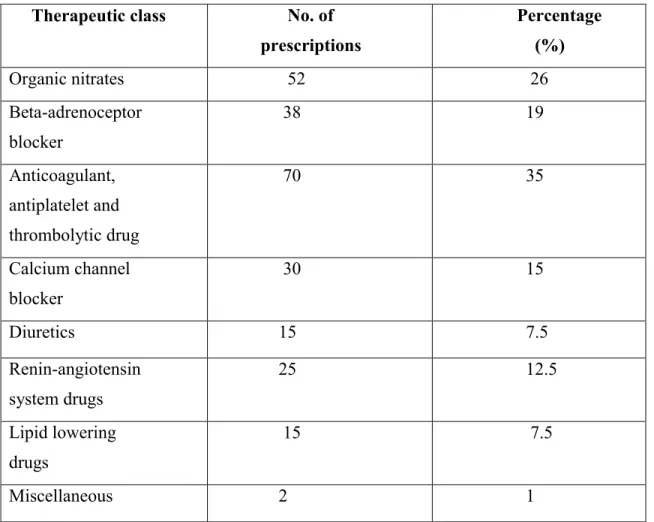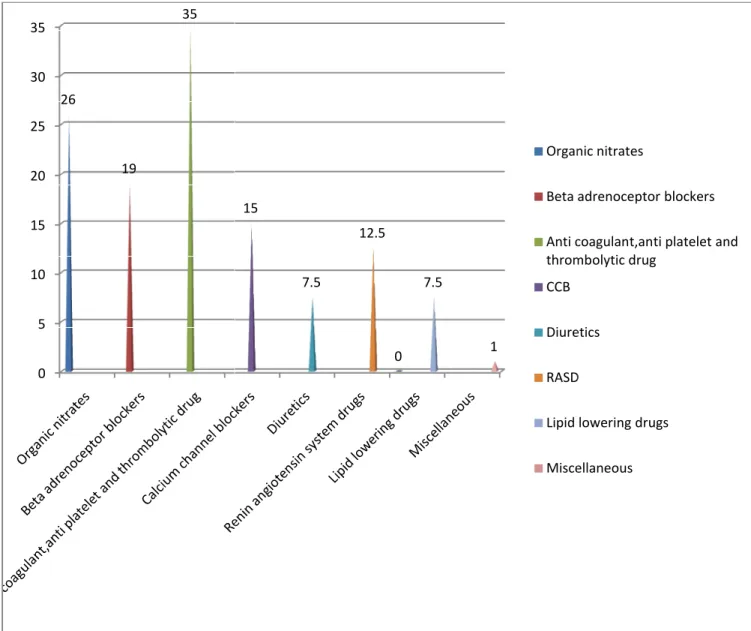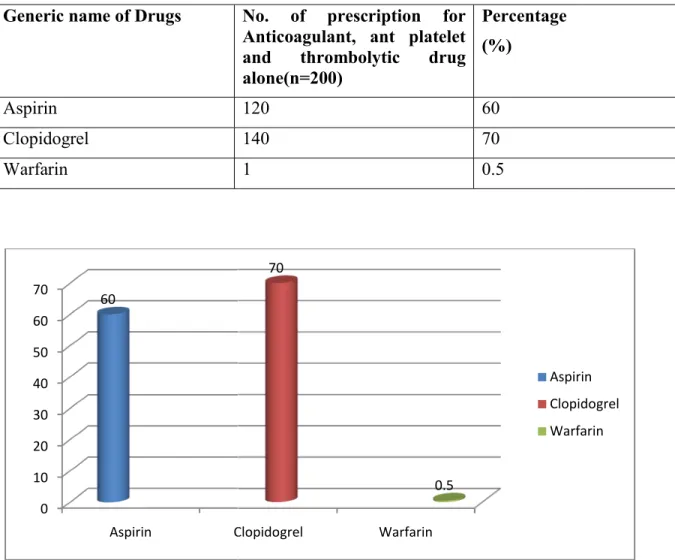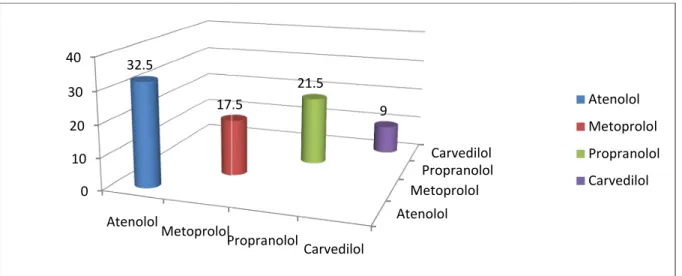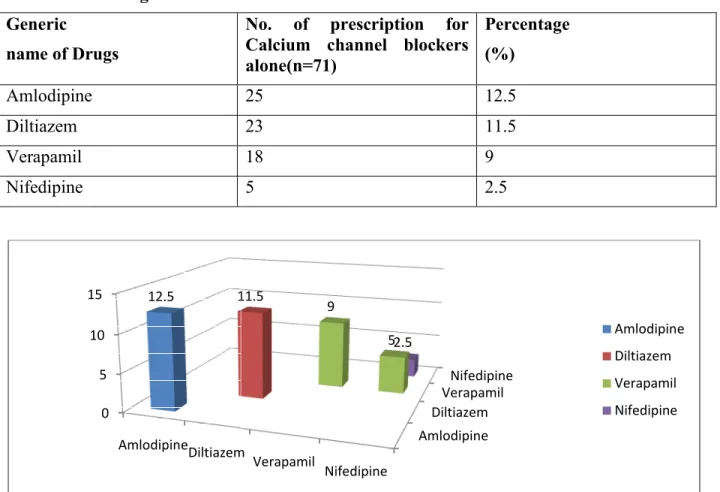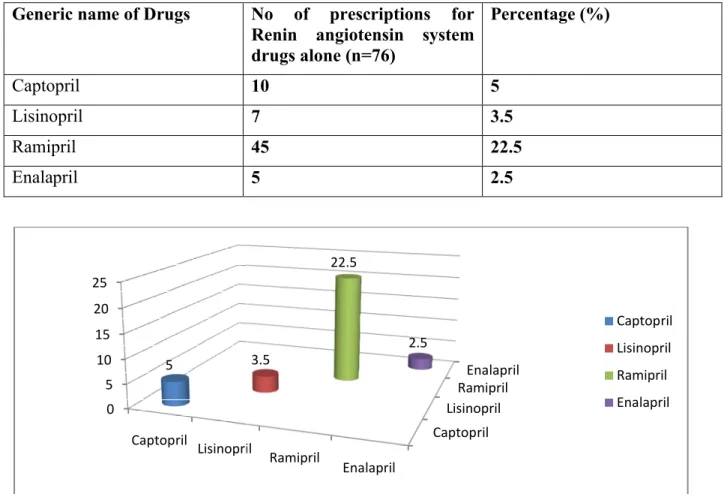Submitted in partial fulfillment of the requirements for the degree of Bachelor of Pharmacy (B.Pharm). This is to declare that the results of the research embodied in this project are original and have not previously been substantively submitted for any degree or diploma of this University. The entire current work submitted as project work for the partial fulfillment of the degree of Bachelor of Pharmacy is based on the result of the author's own research (Md. Mehedi Hasan, ID NO).
I am very thankful to my esteemed project supervisor Farhana Israt Jahan, Senior Lecturer, Daffodil International University for her excellent guidance and continuous supervision and for providing necessary information regarding the project and also for her support. at the end of the project. Selim Reza Professor & Chairman, Department of Pharmaceutical Technology, Faculty of Pharmacy, University of Dhaka, Advisor Department of Pharmacy, Faculty of Allied Health Sciences, Daffodil International University. I would also like to express my respect to all the teachers of the Department of Pharmacy, Daffodil International University and thank the other members for their excellent cooperation with us.
I am very thankful to the Authority of Daffodil International University for their guidance and constant monitoring as well as providing necessary information about the project and also for their support to complete the project. Out of the total patients with a male to female ratio of 160:40, all patients were above 12 years of age and approximately 70% of patients were demographically from urban areas while 30% of patients were from rural areas.
INTRODUCTION
Congestive heart failure (CHF), which is often the end stage of heart disease, is another heart disease.2. This decrease in oxygen delivered to the heart muscle occurs if one or more coronary arteries become narrowed or blocked, a condition called atherosclerosis. An angina attack is not the same as a heart attack, although many of the symptoms are the same.
But whatever the cause of your chest pain or discomfort, it's important to seek medical attention as soon as possible. If the extra blood your heart needs can't get past the narrowed coronary arteries, the heart responds with pain. Narrowing of arteries causes atheroma. Over time, they can enlarge and cause enough narrowing of one or more arteries to cause symptoms.
Myocardial infarction is a medical term commonly known as a heart attack that occurs when part of the heart muscle (the myocardium) is damaged by a sudden occlusion of one of the coronary arteries that supply oxygen-rich blood to the heart muscle. This deposited cholesterol eventually forms a plaque in the artery wall called atherosclerotic plaque. Here, the damage to the heart muscle is limited to the inner ⅓ rd - ⅔ rd of the left ventricular wall.
The part of the heart muscle does not die immediately after occlusion of the coronary artery. If blood supply is restored within a few hours, much of the affected area of heart muscle will be saved from damage. A decrease in heart rate lengthens the heart's diastolic period and can increase blood flow to the heart muscle.
If brain cells die or are damaged as a result of a stroke, symptoms occur in the parts of the body that these brain cells control. Diastole is the part of the cardiac cycle when the heart refills with blood after systole (contraction). Different murmurs are heard in different parts of the cardiac cycle, depending on the cause of the murmur.7.
At the end of the study period, a post-intervention survey was conducted to detect altered risk factors. Limited data are available on the demographic and historical characteristics of patients with premature coronary heart disease (CHD) in IR Iran. The main objective of this study was to determine the prevalence of traditional risk factors in these patients.
However, there is a lack of effective and intensive treatments for well-defined traditional risk factors and prevention methods for the majority of patients who experience premature CHD.

Conclusion
Among all types of cardiovascular drugs, organic nitrates, Beta-adrenergic blockers and anticoagulants are most often prescribed as other class drugs, used by 26%, 19% and 35% respectively. Changes in patterns of cardiovascular disease management and drug use are changing day by day. Anti-platelet and thrombolytic agents, Calcium channel blockers, Diuretics, Renin-angiotensin system agents, Lipid-lowering agents are also prominently used.
This survey has many disadvantages, such as many times it was not possible to collect the latest information about the drugs because a charge is asked for the new journals, medical representatives of different companies do such type of presentation survey almost every time , so that the drug housekeeper feels upset in these events. This is why the prescription sometimes goes irregularly, the patient feels disturbed to collect the prescription; Professor level doctor's interview was very difficult. During this survey it was observed that although the cardiovascular drugs are so potentially life saving.
Moreover, this study is based on demographic data and statistical approach collected by National Institute of Cardiovascular Diseases (NICVD) (Shera-Bangla Nagar Dhaka1207, Bangladesh). Furthermore, the study based on a tertiary care hospital may not match data from other general hospitals. Furthermore, this study protocol will also ascertain the further evaluation and practice of cardiovascular drug practice in the management of cardiac disease in Bangladesh.13.
Statistically significant results showed that increased patient counseling on adherence and lifestyle changes, together with increased disease status monitoring and clinical pharmacist-led medication adjustment, can reduce risk factors in patients with multiple cardiovascular risk factors. Clinical pharmacists are in the best position to provide effective interventions aimed at reducing cardiovascular risk factors. In both symptomatic and asymptomatic adults, increased monitoring for the presence and progression of cardiovascular disease is recommended.
Further research and consideration on the role of the clinical pharmacists in the implementation of interventions aimed at decreasing risk factors for cardiovascular disease is warranted. 14. Public health efforts to improve lifestyle, the control of lifestyle-related major cardiovascular risk factors, will certainly contribute to the prevention of cardiovascular disease.16.
Absolute Cardiovascular Disease Risk Management Guidelines National Alliance for the Prevention of Vascular Disease, National Stroke Foundation 2012. Thomas O'Connor, MD, Ruti Volk MSI, Reviewers: Ghazwan Toma, MD; National Heart, Lung and Blood Institute, National Institute of Health; 2014. Diastolic heart murmur - Wikipedia, the free encyclopedia, available online at- http://en.wikipedia.org/wiki/Diastolic_heart_murmur.
Cardiovascular disease and circulatory disorders a comparison of prevalence, utilization and payments in the New Hampshire Medicaid and commercially insured populations - A report prepared for the New Hampshire Department of Health and Human Services by the Maine Health Information Center June 2008.
